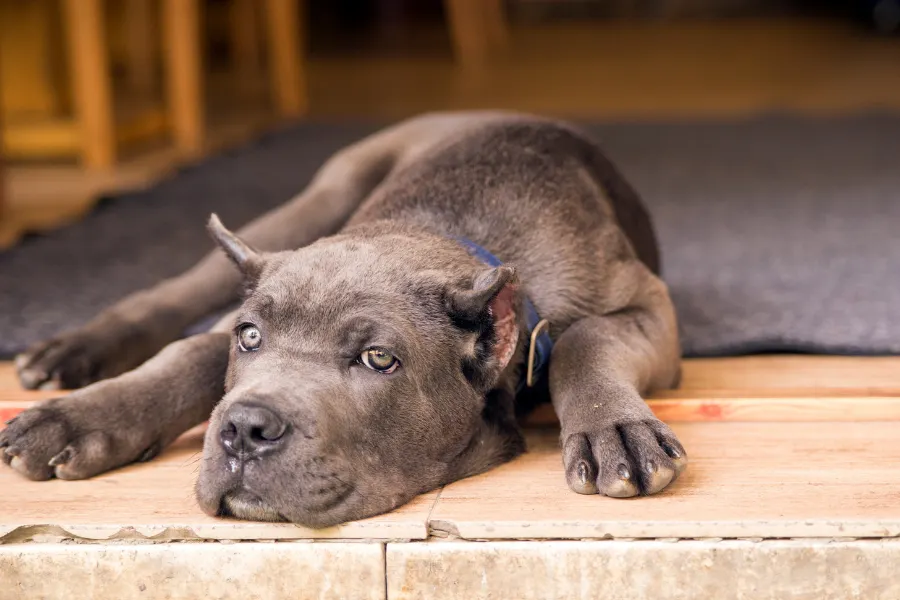Dog Cancer: Recognizing the First 10 Symptoms
Did you know that beyond the age of ten, a dog’s risk of developing cancer increases to 50 percent? It is crucial to know how to inspect your dog for warning signs of cancer because it does not discriminate based on age.
The staff here at SASH, Australia’s premier small animal hospital, is committed to enlightening pet owners like yourself about the most important canine cancer symptoms. As a result, early detection is crucial to ensuring your dog’s survival. To help you, our oncologists, who specialize in cancer, have accumulated years of experience and are eager to share it.
Is there a list somewhere of the 10 most common early indicators of canine cancer?
Contusions and other skin lesions that indicate a problem beneath the surface
In this way, you may feel for strange bumps and lumps under your dog’s skin by running your hands over its body softly. A vet should be consulted because you can’t tell if a bump is cancerous just by feeling it.
Since lumps can appear anywhere on a dog’s body, even in between its toes, it’s helpful if you can teach your pet to inspect its feet on command.
Odors emanating from your dog’s lips, ears, or elsewhere on his body that aren’t usual
Dog cancer symptoms include a strange odor emanating from the dog’s mouth or ears. They could have an ear infection or need teeth to work. Mouth tumors are another common cause of foul breath.
Wounds or sores that won’t heal
If your dog has wounds or sores that won’t heal, it may be an indication that his or her immune system is overworked or compromised. Occasionally, cancers manifest as sores that won’t heal.
Severe appetite reduction or weight loss
If your dog suddenly stops eating or starts losing weight, there may be something wrong with him.
It may be a sign of dental or other medical problems, but if it’s out of character for your dog or occurs in tandem with other symptoms of canine cancer, it may be a sign of something more serious.
A fever, a cough, or trouble breathing
After a few days of your dog coughing, or if your dog is having trouble breathing, you should take him to the vet.
Canine cancer symptoms may resemble those of the common cold and cough in people.
abnormally high urine output or increased thirst
Particular forms of canine cancer, as well as a number of metabolic diseases, may be indicated by an increase in the frequency or volume of urination or drinking.
If your dog has recently begun needing to use the bathroom more than once in the evening, you should have this looked out.
Inability to swallow
The inability to swallow could be an early indicator of cancer in your dog’s throat or neck. Your attention must be focused here.
Alterations in Toilet Routines
Your dog may have an infection or be showing signs of cancer if he or she begins to show signs of problems urinating or straining when defecating.
Souvenirs of suffering
Bone cancer is one type of malignancy that can be detected in your dog through the manifestation of pain and discomfort symptoms including limping and lameness.
Arthritis is prevalent in senior dogs, so if yours is displaying signs of reluctance to execute physical activities that were once routine, it’s time for an exam.
decrease in vitality
In case your dog seems listless and uninterested in its typical pastimes, it’s important to get it checked out.
Decreased vitality in senior pets may indicate the presence of a number of treatable conditions, including heart disease and cancer.
When should I worry that my dog has cancer?
Whether you take your dog to SASH or your regular vet if you see any suspicious symptoms, a more in-depth examination can help you understand what’s going on with your pet. Depending on the stage and site of your cancer, you may be referred to an oncologist specializing in internal medicine, surgery, or dermatology.
If a cancer diagnosis is made, you will be sent to the SASH Animal Cancer Centre to see an oncologist. Regarding treating cancer in dogs, the Animal Cancer Centre is at the forefront of innovation. One or more of the following may be used in the treatment process: surgery, radiation therapy, chemotherapy. Each pet’s cancer treatment plan will be individualized to their needs and those of their family.
What Outcomes Should I Anticipate From Cancer Treatment?
The success or failure of cancer treatment in pets depends on a number of factors. Among these are the pet’s age, breed, general health, and the extent of the malignancy. The good news is that things have changed drastically for the better in recent years. Hospitals at the forefront of their fields, like SASH, are adopting cutting-edge technologies that are allowing doctors to considerably increase life expectancy, improve patients’ quality of life, and even cure some forms of cancer. During your consultation with one of our Oncology Experts, they will go over all the specifics with you.
